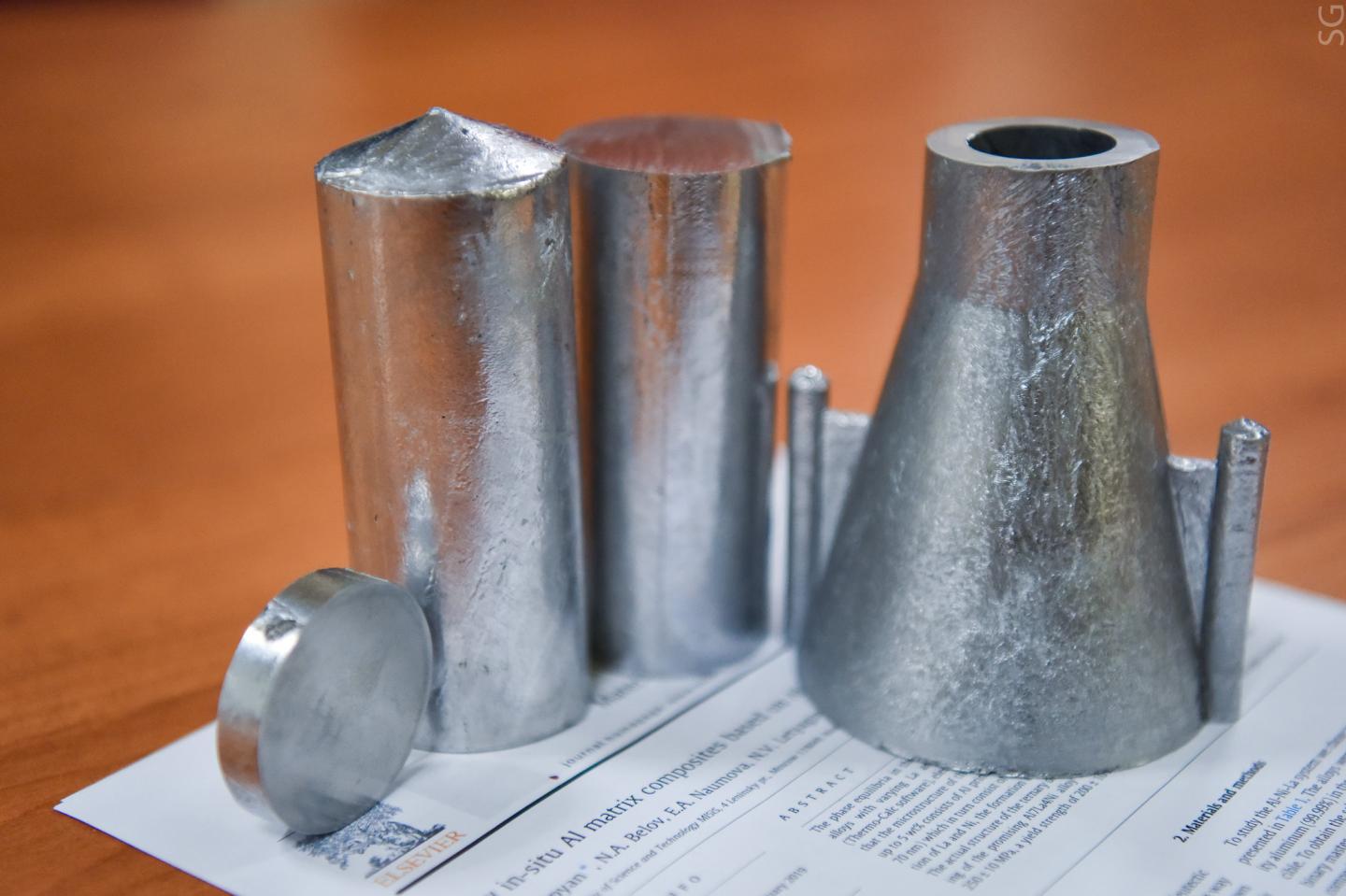As U.S. automakers like Ford know, replacing steel with aluminum is one way to make trucks lighter and therefore more energy efficient while they scramble to catch up with true electric vehicle design. New Ford F-150 aluminum body trucks are a full 700 pounds lighter than their predecessors, which has all kinds of implications when it comes to where the vehicles can be manufactured and what it’s going to take to ship them to secondary markets. Lighter and faster aircraft and vehicles require lighter materials, and one of the most promising is aluminum, or rather, aluminum-based composites.
Scientists from the National University of Science and Technology “MISIS” found a simple and efficient way to strengthen aluminum-based composite materials. Doping aluminum melt with nickel and lanthanum, they created a material that forms special chemical compounds that result in a strong, light, and flexible reinforcing structure. The article on the research is published in Materials Letters.
The team, led by Professor Nikolai Belov, has created an aluminum-based composite material with more than a 15% doping element volume and high reinforcing ability of the chemical compounds with ultrafine structure. The reinforcing elements’ diameter is less than 100 nanometers. Previously, researchers were limited to the study of systems in which it is obviously impossible to obtain an effective reinforcing structure or had to manufacture composite materials by labor-intensive powder metallurgy methods (sintering of powders), or liquid-phase technologies of kneading nanoparticles in the melt.
Using nanopowders to reinforce aluminum is an extremely expensive and time-consuming process and the results are iffy. A 5 to 20% increase in strength means a serious decrease in plasticity.
But the NUST MISIS discovery solves the problem of non-uniform reinforcement and the low density of powder composites. If melting technique is used, after Al-Ni-La crystallization the diameter of the doping particle does not exceed 30-70 nanometers. Thanks to “natural” crystallization, particles are distributed uniformly and create a reinforcing structure, which means the composite is both stronger and more flexible than its powder competitors.
According to scientists, the proposed material can be used primarily in the aeronautics and automobile industries, as well as for the design of modern robotics, including copters, where reducing the weight of the drone is critical. Due to the peculiarities of the structure formation, the proposed material can be used for the manufacture of complex parts via 3D printing. In addition, new developments may be of strategic importance from an economic point of view. At the moment, the main share of profit in the aluminum industry in Russia is the export of primary aluminum. The creation of new high-tech developments with increased added value will increase profits by expanding domestic and foreign markets for aluminum consumption.
Source: National University of Science and Technology MISIS

